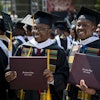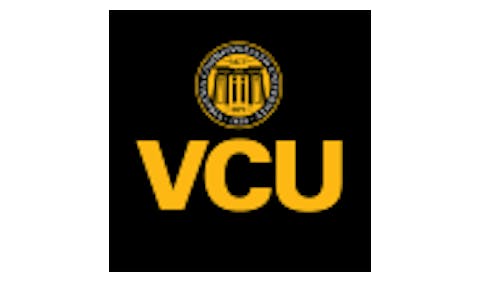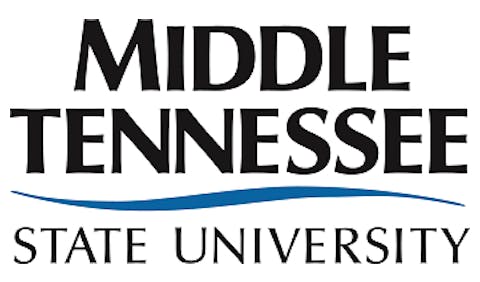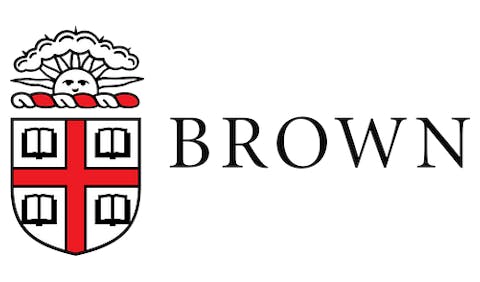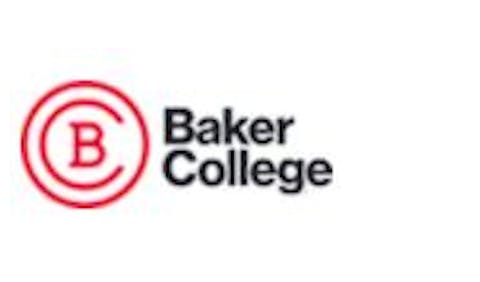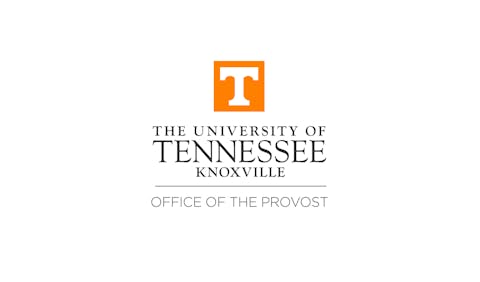
The credit rating agency's report, released Tuesday, points to several key factors driving the negative outlook, including cuts to research funding, enforcement actions against diversity programs, staff reductions at the U.S. Department of Education, uncertainty over federal student aid, and possible expanded taxes on endowments.
The report highlights the proposed 15% cap on National Institutes of Health (NIH) funding for indirect costs as particularly damaging to research universities. While temporarily stayed by a federal district court, the cap could result in more than $100 million per year in cuts for some of the largest R1 Research Institutions. Most R1 universities have negotiated indirect cost rates up to 60%, making the potential impact severe.
Universities with large academic medical centers that conduct medical research with NIH funding face heightened risks, according to the report. Many university hospitals rely heavily on Medicaid funding from state and federal governments and could face severe revenue shortfalls if federal Medicaid funding is cut.
Staff reductions at the Department of Education (ED) pose another significant threat. Layoffs on March 11 reduced the department's workforce by about half, which may lead to disruption in federal financial aid, civil-rights investigations, and other programs. The largest share of ED employees work in the federal student aid office, making any disruption potentially catastrophic for institutions that rely on revenue from student charges provided by federal student loans and Pell Grants.
"The credit-negative impact of even a temporary cessation in federal student loan origination or Pell Grant disbursement would be even greater, particularly for low-income students," the report warns. "Only a select group of wealthy institutions have the financial flexibility to manage such a scenario without likely seeing steep enrollment declines."
The report also addresses the potential expansion of the excise tax on university endowments, currently set at 1.4% on net investment income for private institutions with at least 500 students and wealth over $500,000 per full-time student. A substantial increase in the tax rate above 10% or a broadening of the base to more universities would place a far greater strain on financial reserve growth for many private universities.
Enforcement actions against diversity, equity, and inclusion (DEI) programs and potential immigration cuts present further challenges. The Trump administration's executive order and subsequent DOE guidance on ending DEI programs in higher education creates the risk of universities being subject to funding cuts, including Title IV funding suspension, if they do not comply. Many institutions have already eliminated their DEI offices and downsized similar diversity initiatives to avoid sanctions.
International student enrollment is also at risk, with the potential for visa reductions or eliminations threatening institutions reliant on these students, who generally provide higher net tuition. Institutions with STEM masters programs or more niche offerings like art and design programs are particularly vulnerable.
Moody's notes that volatile macroeconomic conditions are presenting greater challenges for operations and balance sheets, with shifts in investment and labor market conditions raising prospects for margin compression and wealth deterioration. Elevated expense growth resulting from broader trade barriers and persistent inflation will compress margins as universities grapple with federal funding uncertainty and structural enrollment issues.
The outlook could return to stable if federal policies and proposals are reversed or halted by judicial intervention, or if stronger-than-expected investment market.
While the report noted that the outlook is negative for the sector as a whole, top-rated institutions with strong demand and significant financial resources are better equipped to handle these challenges than those with weaker brands and more limited financial resources.



